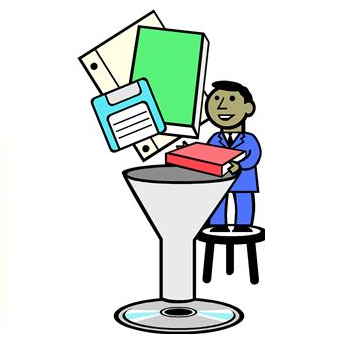eDiscovery Case Law: Conclusion of Case Does Not Preclude Later Sanctions
eDiscovery Case Law: Conclusion of Case Does Not Preclude Later Sanctions https://cloudnine.com/wp-content/themes/cloudnine/images/empty/thumbnail.jpg 150 150 CloudNine https://cloudnine.com/wp-content/themes/cloudnine/images/empty/thumbnail.jpg
In Green v. Blitz U.S.A., Inc., the defendant in a product liability action that had been settled over a year earlier was sanctioned for “blatant discovery abuses” prior to the settlement. Defendant was ordered to add $250,000 to its settlement with plaintiff, to provide a copy of the court’s order to every plaintiff in every lawsuit against defendant for the past two years or else forfeit an additional $500,000 “purging” sanction, and to include the order in its first responsive pleading in every lawsuit for the next five years in which defendant became involved.
read more




